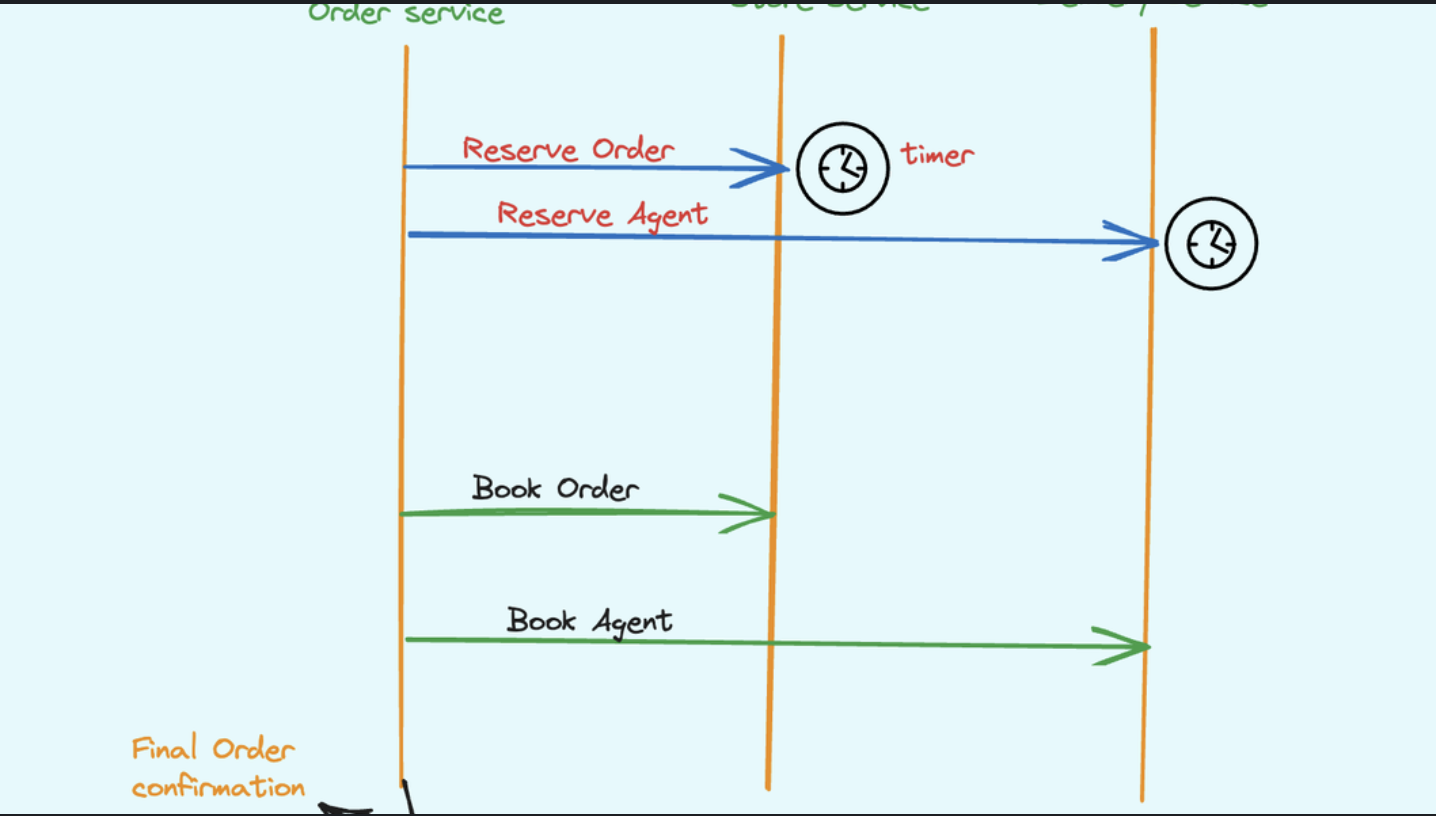SQL window functions solve a critical challenge in data analysis: performing calculations across specific rows while keeping row-level detail. Unlike regular aggregate functions that collapse results into a single row, window functions maintain granularity while providing powerful analytical capabilities.
Core Benefits
- Row-level calculations with context
- Eliminates complex self-joins and subqueries
- Improves query performance
- Enables advanced analytics like running totals and moving averages
Real-World Examples
Example 1: Sales Performance Analysis
Consider an e-commerce company tracking sales representative performance. They need to:
- Calculate each rep’s total sales
- Rank reps within their region
- Compare individual sales to regional averages
WITH sales_data AS (
SELECT
rep_id,
region,
sale_amount,
sale_date
FROM sales
WHERE YEAR(sale_date) = 2024
)
SELECT
rep_id,
region,
sale_amount,
SUM(sale_amount) OVER (PARTITION BY rep_id) as total_rep_sales,
RANK() OVER (PARTITION BY region ORDER BY sale_amount DESC) as region_rank,
AVG(sale_amount) OVER (PARTITION BY region) as region_avg,
(sale_amount - AVG(sale_amount) OVER (PARTITION BY region)) /
AVG(sale_amount) OVER (PARTITION BY region) * 100 as pct_above_region_avg
FROM sales_data;
Example 2: Financial Analysis
Banks need to calculate running balances for accounts. Without window functions:
-- Complex and inefficient approach without window functions
SELECT
t1.transaction_date,
t1.amount,
(SELECT SUM(amount)
FROM transactions t2
WHERE t2.account_id = t1.account_id
AND t2.transaction_date <= t1.transaction_date) as running_balance
FROM transactions t1
ORDER BY transaction_date;
With Windows Function
-- Clean and efficient approach with window functions
SELECT
transaction_date,
amount,
SUM(amount) OVER (
PARTITION BY account_id
ORDER BY transaction_date
ROWS BETWEEN UNBOUNDED PRECEDING AND CURRENT ROW
) as running_balance
FROM transactions
ORDER BY transaction_date;
Common Window Functions
- Ranking Functions
SELECT
product_name,
category,
price,
RANK() OVER (PARTITION BY category ORDER BY price DESC) as price_rank,
DENSE_RANK() OVER (PARTITION BY category ORDER BY price DESC) as dense_price_rank,
ROW_NUMBER() OVER (PARTITION BY category ORDER BY price DESC) as price_row_num
FROM products;
- Analytics Functions
SELECT
order_date,
order_amount,
LAG(order_amount) OVER (ORDER BY order_date) as prev_order,
LEAD(order_amount) OVER (ORDER BY order_date) as next_order,
AVG(order_amount) OVER (
ORDER BY order_date
ROWS BETWEEN 2 PRECEDING AND CURRENT ROW
) as moving_avg_3day
FROM orders;
Performance Considerations
- Window functions process after WHERE and GROUP BY clauses
- PARTITION BY creates memory-intensive operations
- Large datasets benefit from appropriate indexing on partitioning columns
Best Practices
- Use appropriate window frame specifications
- Consider partitioning for large datasets
- Index columns used in PARTITION BY and ORDER BY clauses
- Monitor memory usage for complex window operations
By leveraging window functions, organizations can simplify complex analytical queries, improve performance, and gain deeper insights into their data without sacrificing granularity or maintainability.
🎄 Holiday Message & 2024 Wrap-up
As we conclude our final technical article for 2024, we want to wish all our readers a joyous holiday season!
Here’s a quick hint for your SQL journey: When working with window functions, always start small – test your window frame definitions on a subset of data before scaling up to your full dataset.
See you in 2025 for more technical deep-dives and more over on database side ! Happy querying! 🎉 💡



